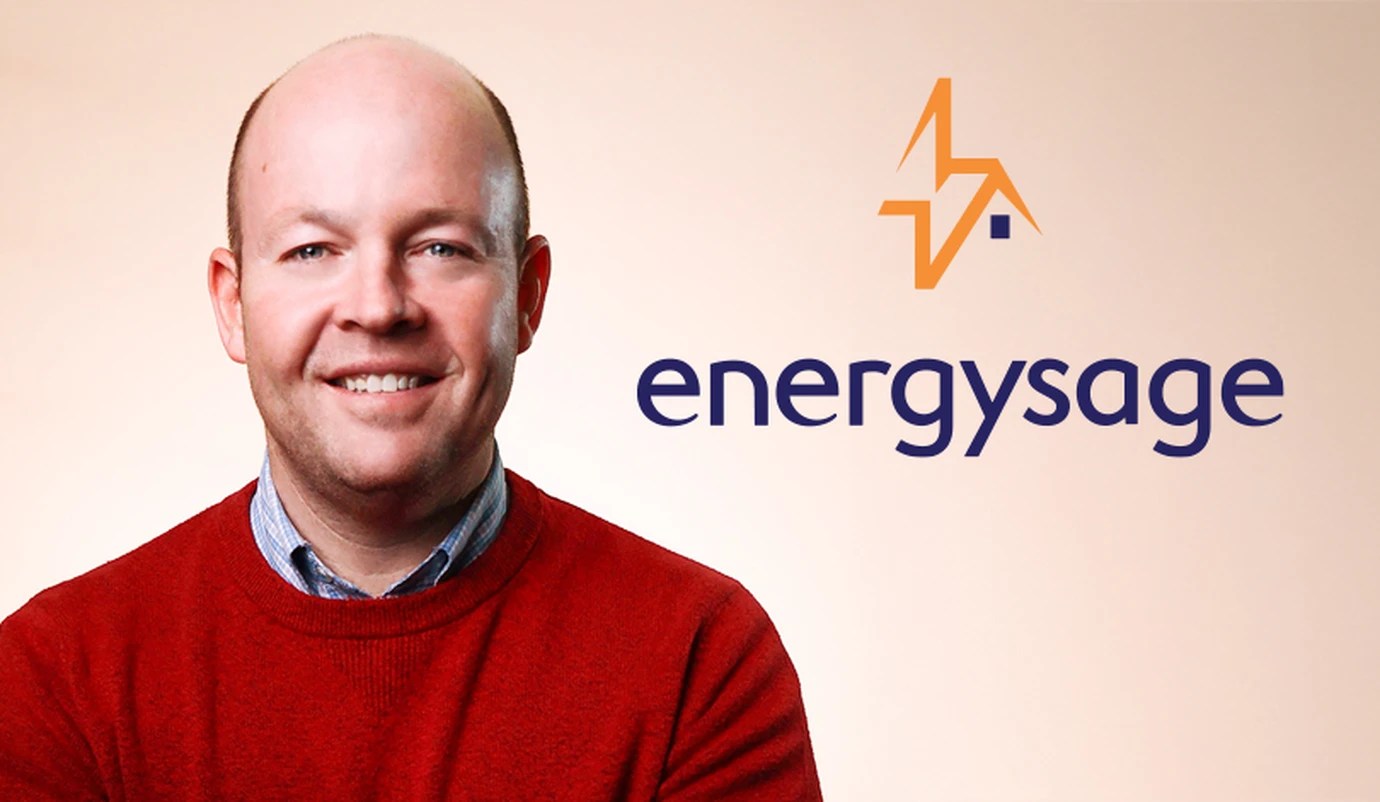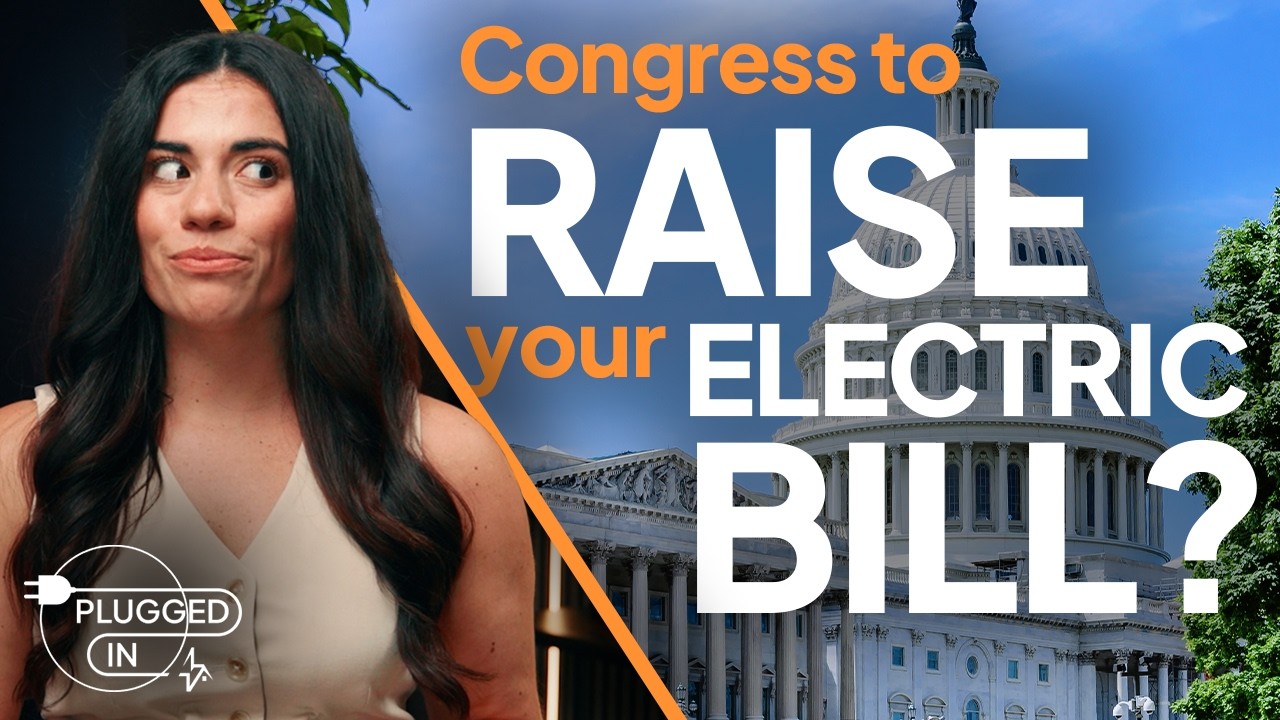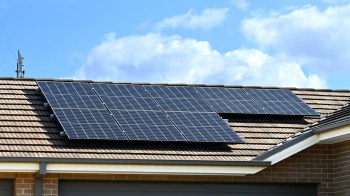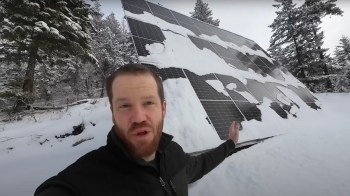Solar energy experts are playing the part of fact-checkers for PV Magazine.
Professors Ricardo Rüther and Andrew Blakers addressed some of the most common misconceptions about cleaner solar power. The educators, who teach at the Federal University of Santa Catarina in Brazil and the Australian National University, respectively, wrote the article on behalf of the International Solar Energy Society.
Their conclusions bolster other similar reports that leave little doubt about the sustainable, electric potential of our sun.
"There is no other energy generation technology as benign, democratic, and low cost as solar photovoltaics," they wrote, after debunking 14 falsehoods.
A couple of points deal with common solar-to-dirty-fuel comparisons. Improving solar panel efficiency — the amount of sunlight converted to electricity — is part of the reason the industry is succeeding globally. Efficiency averages in the low 20% range, with breakthroughs consistently improving the mark, according to MarketWatch. Perovskites are a promising material that could bring it closer to 30%, if experts can extend the lifespan to decades, matching common silicon types.
The rate has improved fourfold since the 1950s, per the experts. As a result, land use and costs associated with development are shrinking. At most, 861 square feet per person would be needed to convert an advanced economy to total solar/wind energy for transport, heating, and industry, depending on some regional factors. That's less land than is required for farming and roads, the experts wrote.
Cost and reliability are among the biggest solar critiques. But Australia is a shining example on those fronts. Limited government barriers contribute to making even unsubsidized setups less expensive than in the United States. Down Under, a system costs about $700 to $1,000 per kilowatt hour, and a third of households have panels, per PV. EnergySage has the American price at more than $1,700. The Solar Energy Industries Association reported that 7% of American homes have solar.
On a larger scale, Australia's grid is "highly stable" with 75% of its electricity coming from the sun and wind. Wide-area transmission lines and battery storage help to "smooth out" the supply to account for evenings and windless times, the experts added.
Critics often claim that renewables need dirty-fuel-burning backups, but "this is not at all true," per the report.
More recycling breakthroughs are being developed to ensure that panels don't go to waste after their decades-long service. Opponents often complain about toxic substances included in the cells. But they are made of glass, some plastic, and key conductive materials that can be reused, per the article. The U.S. Environmental Protection Agency noted that some panels can be an environmental hazard if improperly discarded.
|
Which of these factors is the biggest obstacle preventing you from getting solar panels? Click your choice to see results and speak your mind. |
The greatest perk is that electricity is made without heat-trapping air pollution. The fumes are linked by NASA to greater extreme weather risks, including heat waves that could make some places uninhabitable.
At home, there's still some time to capitalize on 30% federal tax incentives to help offset the cost of a household setup. But, as widely reported, the latest spending bill is ending the program early on Dec. 31. EnergySage is a free service that can help you secure the savings while they remain, as well as the best pro installer in your area. The guidance can save up to $10,000 on upfront costs, in addition to reducing or eliminating your power bill.
More From EnergySage
💡Go deep on the latest news and trends shaping the residential solar landscape
EnergySage also has a state-by-state mapping tool that lets you compare costs by region, as well as localized incentives. Many states still offer perks.
"Solar provides the cheapest electricity in history, is perfectly capable of delivering a stable grid, and produces negligible greenhouse gas emissions," the experts summarized in PV's report.
Join our free newsletter for good news and useful tips, and don't miss this cool list of easy ways to help yourself while helping the planet.















